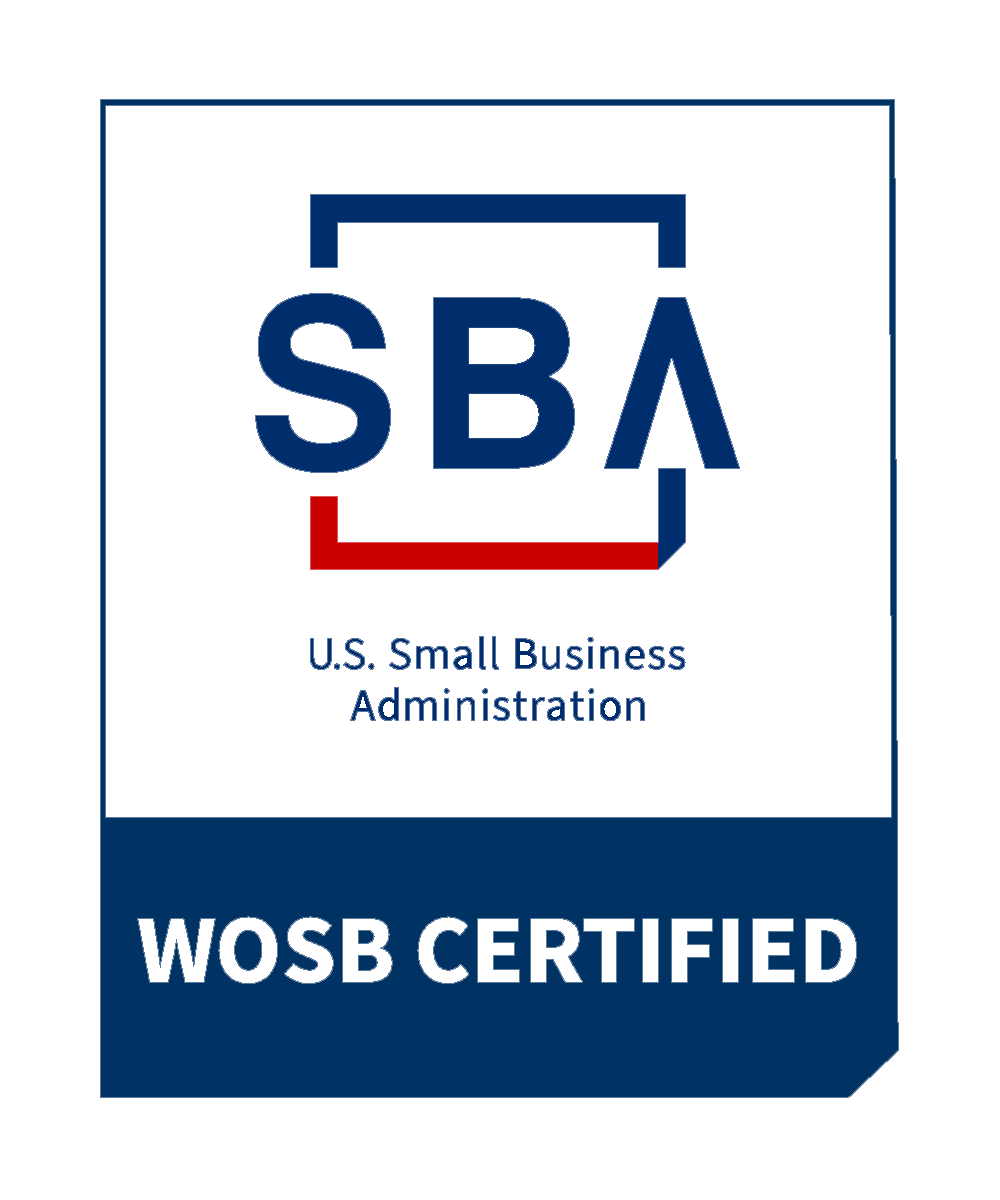
How to Release Borrowed Shame: 5 Steps to Reclaim Your Worth
"When shame—especially borrowed shame—drives your inner narrative, it becomes nearly impossible to create space for a future you actually want."
We all carry stories, beliefs, and emotions that aren’t really ours. Shame is one of the heaviest. By design, shame tries to cover you—like an itchy blanket you never asked for—making you hide, shrink, and dim your light. Unlike guilt (“I did something bad”), shame says, “I am bad,” fusing a moment to your identity and blocking your growth. Modern psychology often frames this as the core difference: guilt points to a behavior, shame attacks the self. Talkspace+1
Beyond personal mistakes, many of us carry borrowed shame—messages absorbed from culture, family, faith communities, or past relationships. Think: “I must be perfect to deserve love,” “Rest is lazy,” or “Leaving a toxic situation means I failed.” These are not truths; they’re projections that stuck.
Shame vs. Guilt (Why This Distinction Matters)
Guilt can be useful: it nudges us to repair, learn, and make amends. Shame rarely helps; it silences your voice and convinces you you’re unworthy of connection. Thought leaders in this space consistently differentiate the two for precisely this reason: guilt focuses on actions we can change; shame targets who we are. Brené Brown+1
When shame—especially borrowed shame—drives your inner narrative, it becomes nearly impossible to create space for a future you actually want. New dreams can’t take root in soil packed with old judgments.

5 Steps to Release Borrowed Shame
1) Name it to tame it
Say it out loud. Journal it. Put language to the thing you feel: “I’m carrying shame about ___ that came from ___.” Naming emotions activates more reflective parts of the brain and helps reduce emotional overwhelm—a concept popularized as “name it to tame it.” Center for The Empowerment Dynamic+1
Try this prompt:
What shame am I holding that doesn’t belong to me?
2) Ask: Whose voice is this?
Trace the message back to its source. Is it yours? A parent’s? A partner’s? A youth group leader’s? A social feed? If it originated in someone else’s insecurity or control, it’s not your identity. Returning “borrowed shame” to its sender—at least internally—is a powerful boundary. welldoing.org+1
Try this prompt:
When did I first hear this belief? Who benefits from me keeping it?

3) Replace shame with truth
Shame says, “I’m not enough.” Truth says, “I’m learning, I’m healing, I’m worthy even when I mess up.” Swap identity-level judgments for compassionate, present-tense statements. You’re not excusing harmful behavior—you’re refusing to confuse a moment with your identity. (Use guilt, when appropriate, to inform repair—not to fuel self-erasure.) Psychology Today
Try this reframe:
From “I’m broken” → “I’m becoming.”
4) Seek safe support
Healing accelerates in brave, judgment-free relationships. Share the old belief with a trusted therapist, coach, or friend who can hold you gently and hold you accountable. Sometimes you need someone else to remind you who you are while you unlearn who you’re not.
5) Practice self-forgiveness (often)
Forgiveness is freedom. Even if you did something you regret, punishing yourself keeps you stuck; learning and making amends move you forward. Choose growth over punishment, again and again.
Your Next Right Step
Pause and ask: What shame am I carrying that isn’t mine—and what truth do I choose instead? Write it, speak it, and share it with one safe person this week. You’re not “too much,” not broken, and not behind. You’re already worthy, exactly as you are, and you’re allowed to feel free.
🎧 Listen to the full Rise Up Buttercup episode for the deeper story and guidance.
🌼 Join the RISE UP Community to do this inner work with support, structure, and accountability.

Written by the team at A Higher Way Of Living
Women Owned Small Business
CAGE/NCAGE: 9NK95
NAICS Codes: 611430, 611710, 541611, 1612, 541613, 541618, 561499, 621399, 812990, 611699

© 2024. A Higher Way Of Living LLC. All Rights Reserved.

